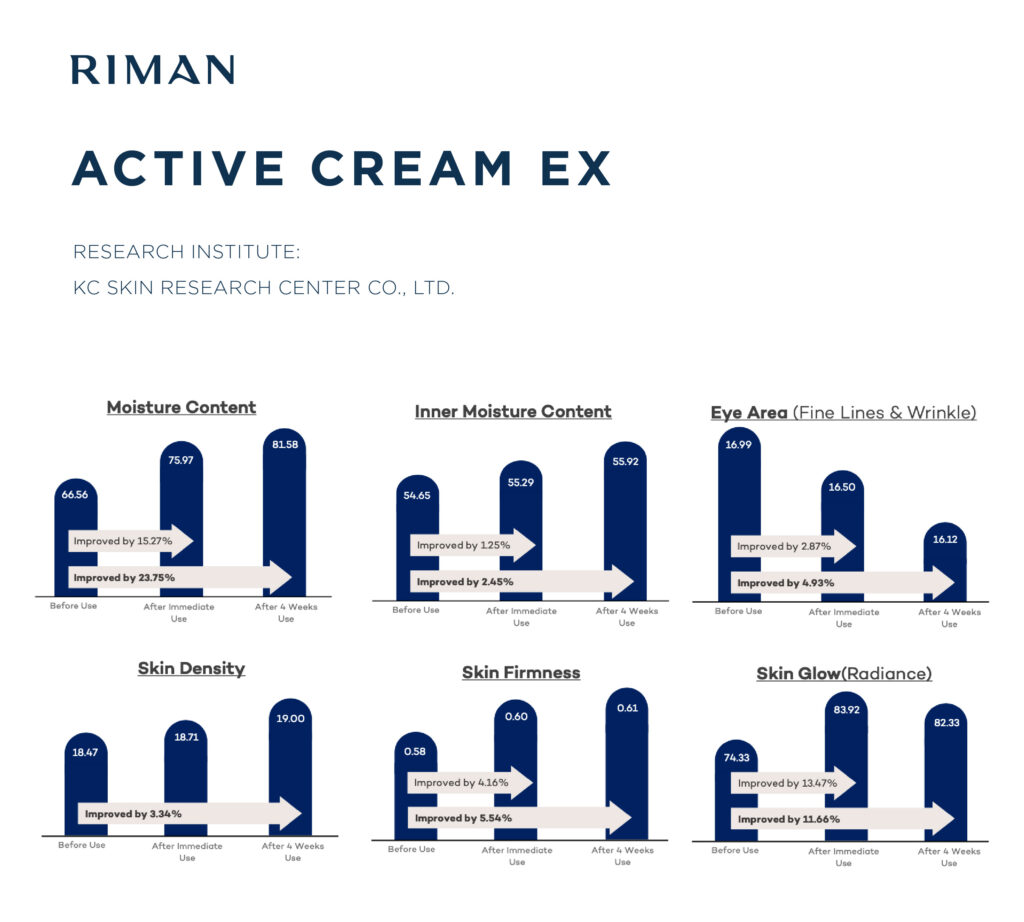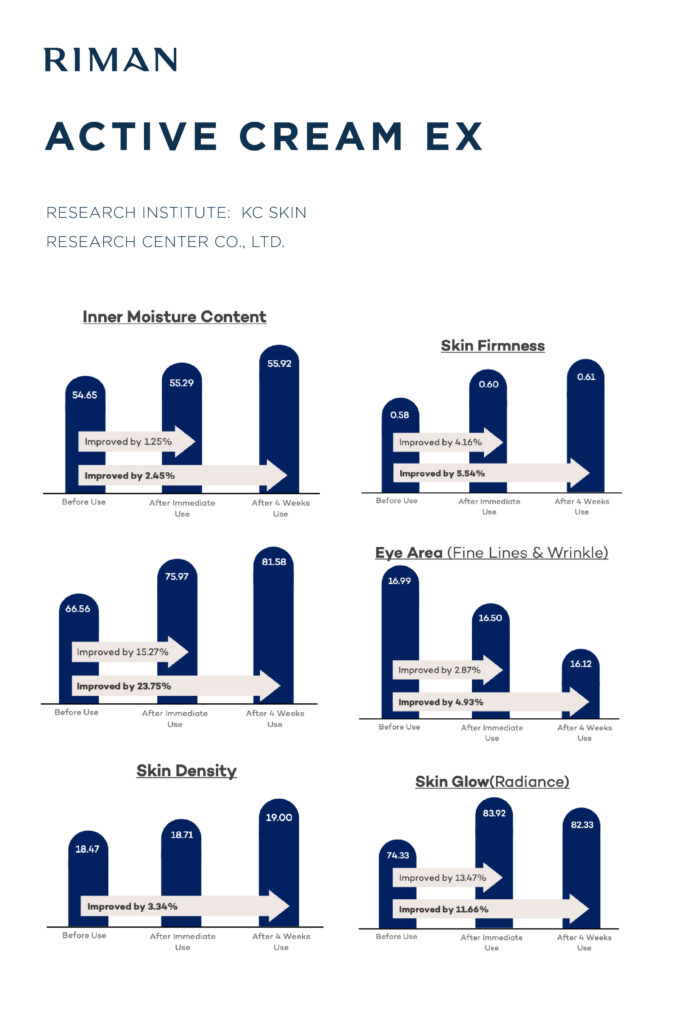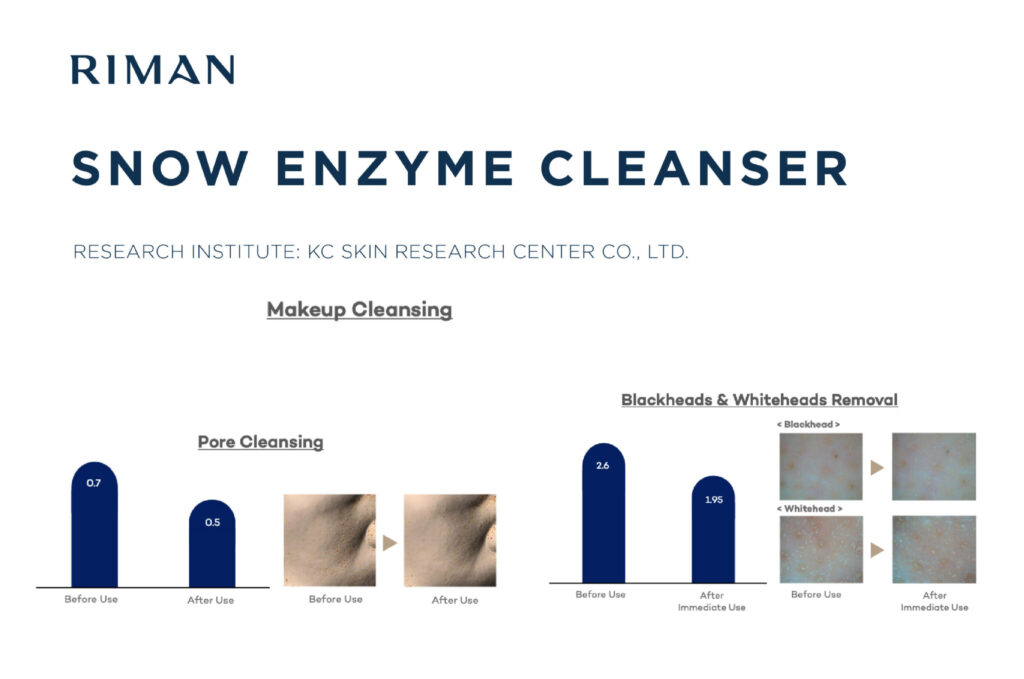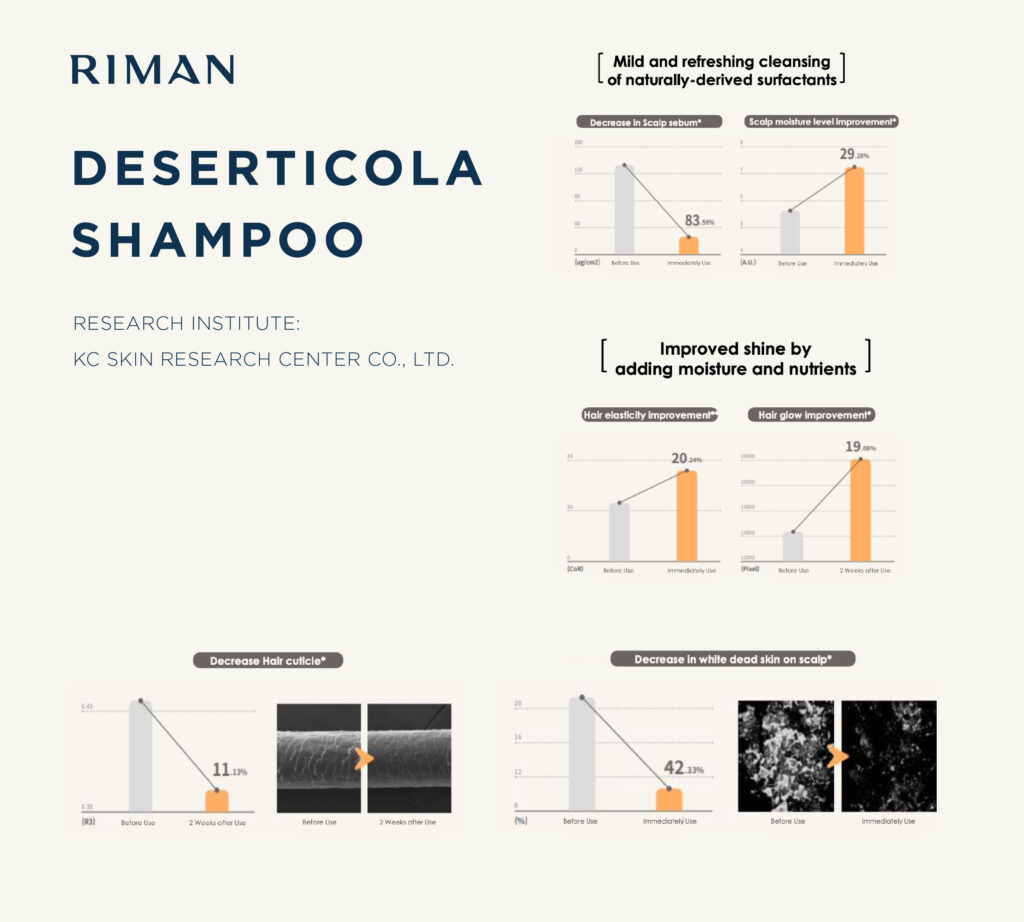Micelles and Emulsions: The Basics of Skincare Formulations
The world of skincare offers a vast range of products, each with its own form, system, and packaging, providing an array of textures at every step of your routine. Within these formulations, microscopic molecules play a major role not only in feeling but perceived absorption and skin penetration as well.
Emulsions like lotions and creams, for example, are made up of tiny structures known as micelles, which allow for a homogenous solution of two immiscible liquids, like water and oil; a water-in-oil (W/O) emulsion contains water and other polar ingredients in the inner phase (inside) of the micelle, which exists in an oil environment.
Transversely, an oil-in-water (O/W) emulsion orients the micelle oppositely, such that oil is safely packed away from a water environment. W/O emulsions typically have a refreshing break as you rub them into your skin and release the water from the internal phase, and O/W emulsions typically have an initial refreshing application and an emollient after feel as mechanical rubbing breaks the micelle and releases oils.
Nano-Emulsions vs. Macro-Emulsions: Which is Better for Skin Absorption?
Whether you’re using a lotion or rubbing on a pure body oil, the microscopic structures that make up your skin care system also play a role in how that system interacts with your skin. Nano-emulsions, for example, have particles in the 100-800 nm range, which allows for skin absorption through both penetration of the skin’s lipid membrane and the upper layer of the epidermis (stratum corneum).
On the other hand, macro-emulsions have particles anywhere from 800-1000 nm in size, and can often be less penetrative. A huge part in formulation, then, is not only the desired feel, but also how that feel will correlate to product efficacy. To better understand this, one must take a closer look at the actual composition of the skin.
Understanding the Composition of the Skin: The Epidermis, Dermis, and Hypodermis
Your skin is composed of three distinct layers: the epidermis, the dermis, and the hypodermis. The epidermis, the first line of defense against the outside world, is further divided into 5 distinct layers. Skin cells make their way up from the first to last layer, going from freshly divided cells to flattened, dehydrated squamous cells, and eventually sluff off as dead skin.
These layers are tightly packed together and surrounded by lipids such as cholesterol, ceramides, and free fatty acids.1 This structuring ensures outside irritants cannot penetrate, and subcutaneous (beneath the skin) water cannot escape to the surface. This provides a challenge for topically applied cosmetics and skin care to reach the lower layers of skin.
The lower layers of the epidermis and the entirety of the dermis are where molecules need to target most. Although penetration into and interaction with the dermis is often associated with drug claims and cannot be made for cosmetics, epidermal penetration is an important goal for ingredients and can offer benefits such as regulation of hydration and reduction of hyperpigmentation.
However, with the limited permeability of the epidermis, the active molecules in a skin care product are unlikely to make it to the areas that matter. Oftentimes, these molecules are too large to fit through the spaces, or their polarities inhibit passage through the cells or the lipid environment. Given the ability of micelles to facilitate proximal interactions among usually immiscible solutions and the significance of the size of microscopic molecules for skin penetration, liposomal technology presents an ideal solution to this challenge.
Liposomes: The Ideal Solution to Overcome Limited Skin Permeability
Liposomes are very similar to micelles, save that liposomes are composed of two layers and traditionally orient with their polar moiety outwards. Liposomes are molecular structures made of phospholipid bilayers, which are arranged in a spherical shape; in the outer layer, polar (hydrophilic) heads face outwards towards the environment and non-polar tails point towards the center of the sphere, interacting with the tails of the phospholipids in the second layer, whose polar heads point towards the center of the liposome.
Liposomes have been used in the cosmetics and pharma industries for years as a delivery system for active ingredients or medicines. Water-soluble active ingredients are contained within the liposome’s interior aqueous environment, whereas lipophilic (oil-loving) and amphiphilic ingredients are maintained within the lipid bilayers.2
Liposomes themselves can have skin benefits as well, such as replenishing the skin barrier with their lipid content. Liposomes allow for liposomal makeup and contents. Overall, the most basic role of a liposome is to act as a delivery vehicle for the proper administration of drugs or skincare to appropriate sites within the skin.
RIMAN’s Radiansome™100: Microfluidized Processed Formulas for Advanced Skincare
RIMAN utilizes liposome technology to deliver the benefits of our ingredients right to the place where they matter most. Our Radiansome™100 formula is composed entirely of liposomes created by the microfluidizer; these liposomes are the perfect size and composition for not only an overall better absorption into lower layers of skin, but also a more accurate delivery of ingredients to target sites.
Our liposomes not only enhance the absorption of our ingredients into lower layers of the skin, but they also strengthen your lipid barrier, resulting in hydrated, glowing skin. It’s important to note that even the most effective ingredient loses its benefits if it cannot penetrate the skin properly. Our approach ensures that the promised efficacy of our products is the same efficacy you experience.















